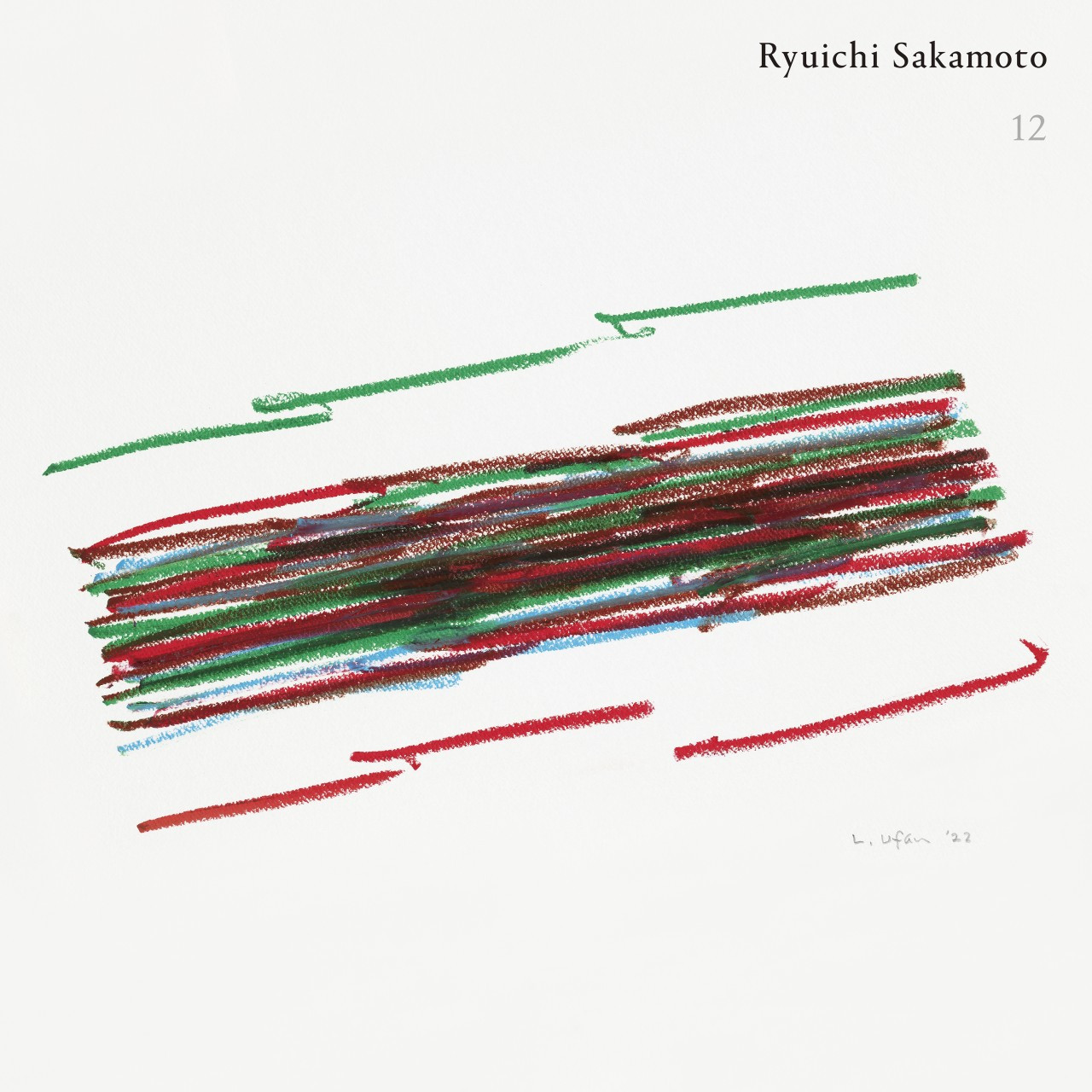His first non-soundtrack album in six years, 12 sees Japan's famed composer Ryuichi Sakamoto present a sonic diary of soundscapes. These soundscapes are not just the latest compilation of solo work since 2017's much more intricately produced async.
They are dreamy compositions sketched across Sakamoto's most recent two-and-a-half-year battle with cancer. The intimate, introspective album, released on January 17 via Milan Records, is the fifteenth in the Japanese composer's illustrious career, including Academy, BAFTA, and Grammy Awards.
Across its 12 tracks, each represented by a title of its recording date ranging from March 2021 to March 2022, 12 cannot help but be a meditation on mortality. Awash in introspective, minimal synthesizer, the album arrived on Sakamoto's 71st birthday. But despite the health limitations of a second cancer bout, Sakamoto has had a prolific and honoured past few months. Despite the announcement and release of 12, he was also the recipient of a full-on tribute album, To the Moon and Back. That album, which featured reworks of thirteen iconic Sakamoto tracks, featured a heavyweight lineup of collaborators paying tribute to the multi-hyphenate creative. Names like Thundercat, Blood Orange, Alva Noto, and Hildur Guðnadóttir feature.
A few days later, Sakamoto also released a rare live performance, streamed from Tokyo's 509 Studio. That performance teased some of the sounds that were to come and was recorded at the early stages of the coronavirus pandemic. A moment of collective darkness before Sakamoto's ultimate battle with personal darkness would ensue. That performance, described as possibly his last, set the stage for the maximum impact of 12 and a meditation on those who seemingly have always been in our (cultural) lives.
One thing that 12 is not is a morbid retelling of pain and death. Rather, it is a peer into the unknown. One where the unpredictable trajectory of terminal illness juxtaposes the natural fear of said unknown. It is both tempestuous and incalculable. The first days find themselves largely devoid of Sakamoto's distinct piano. From Day 1 roughly through Day 4, the gaping low-end soundscapes intercut the storms and calms of memory and mortality. By The fifth day (20220202), the mood darkens, albeit still barely a piano key in sight. Instead, a more Twin Peaks-esque drone emits.
20220207 then introduces the keys and a subtle flatline while honing the album's remaining tracks into shorter, more tender compositions. One such composition is the album highlight and the only track denoted with something outside a simple date. 20220302 - sarabande - a dance, but for who? From here, 12 becomes a much lighter affair, drawing on the Sakamoto of old. Familiar and tightly composed.
It is impossible for any of those affected by terminal illness to know what they are going through. And, adding any analysis to creative work, healthy creators or not, also lies very much in the realm of the subjective. We can describe things as "mournful" or "hopeful", but perhaps "curiosity" best defines 12. Curiosity in the search, the search for life, the search for meaning, the search for legacy. The album closes with its only slip in chronology: a simple wind chime, a metaphysical reckoning with fate for those willing to traverse the grieving process.

